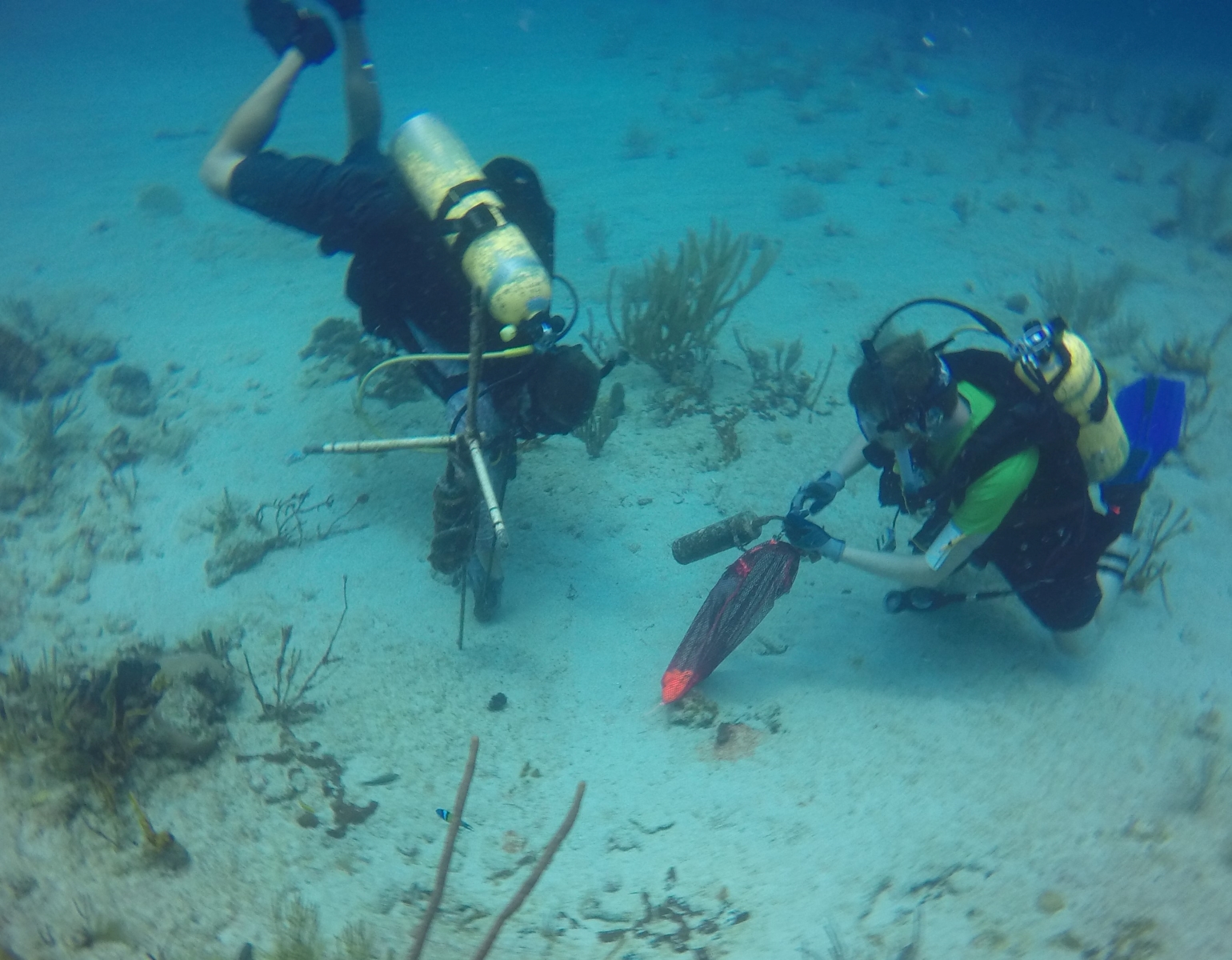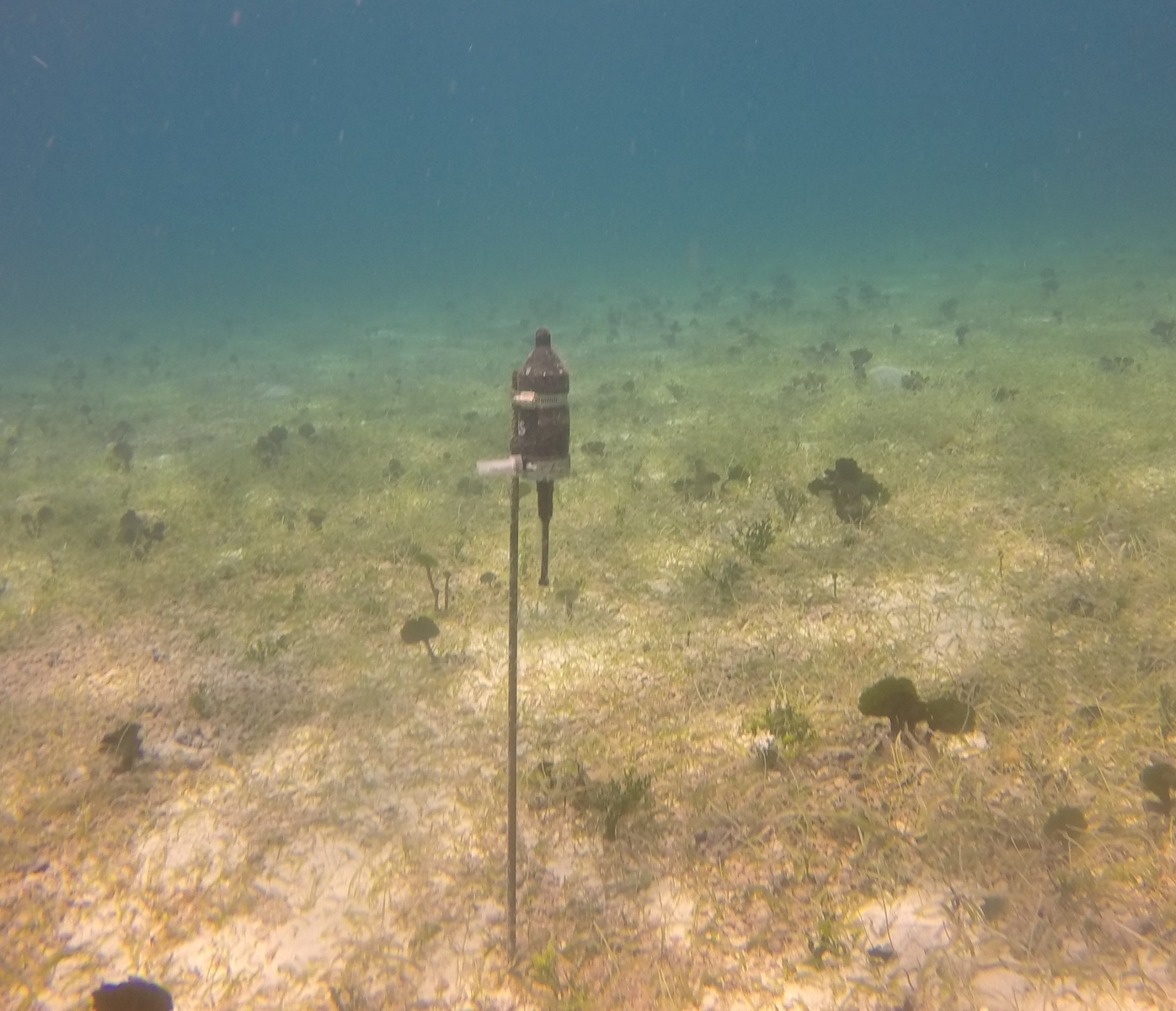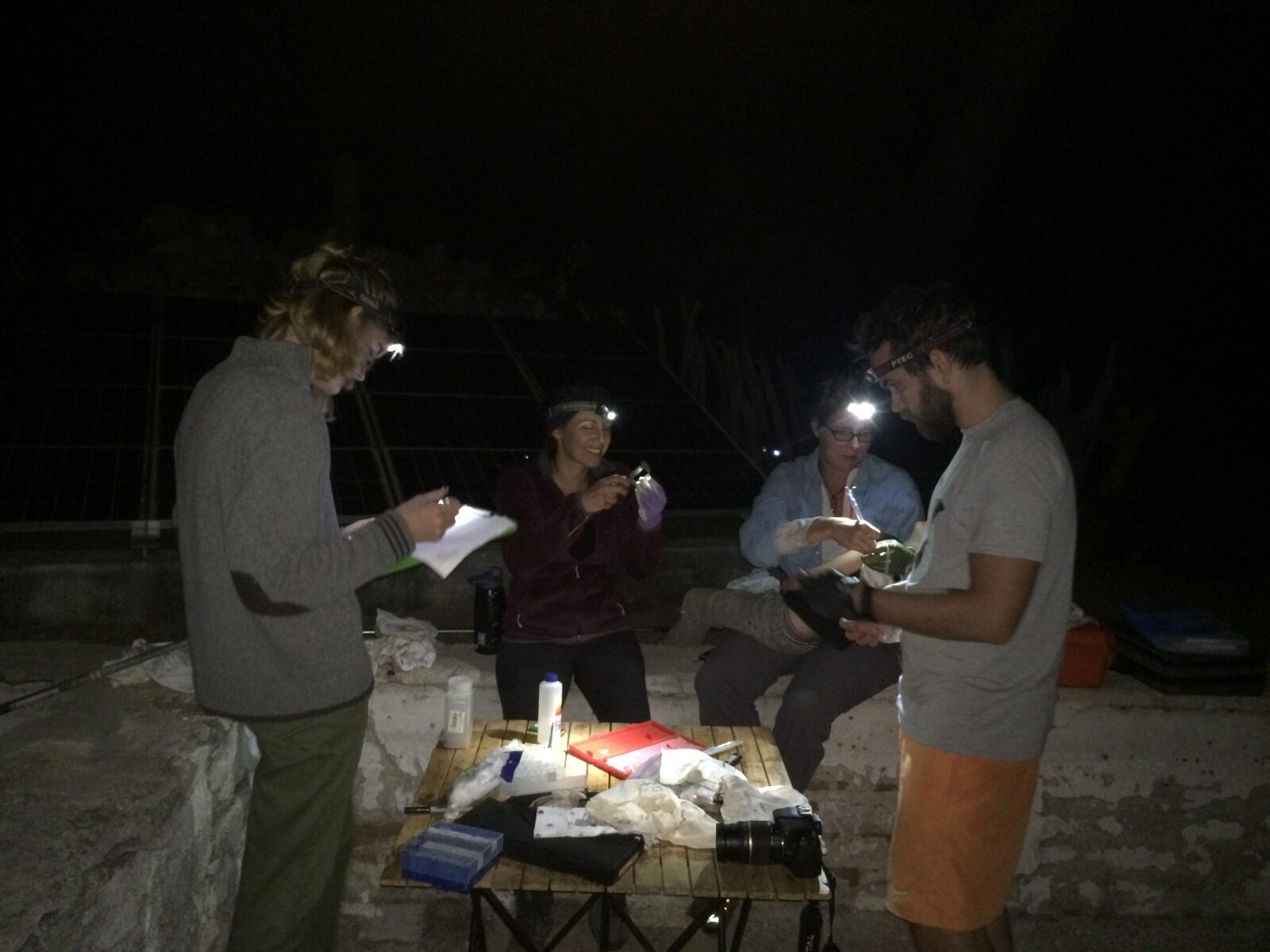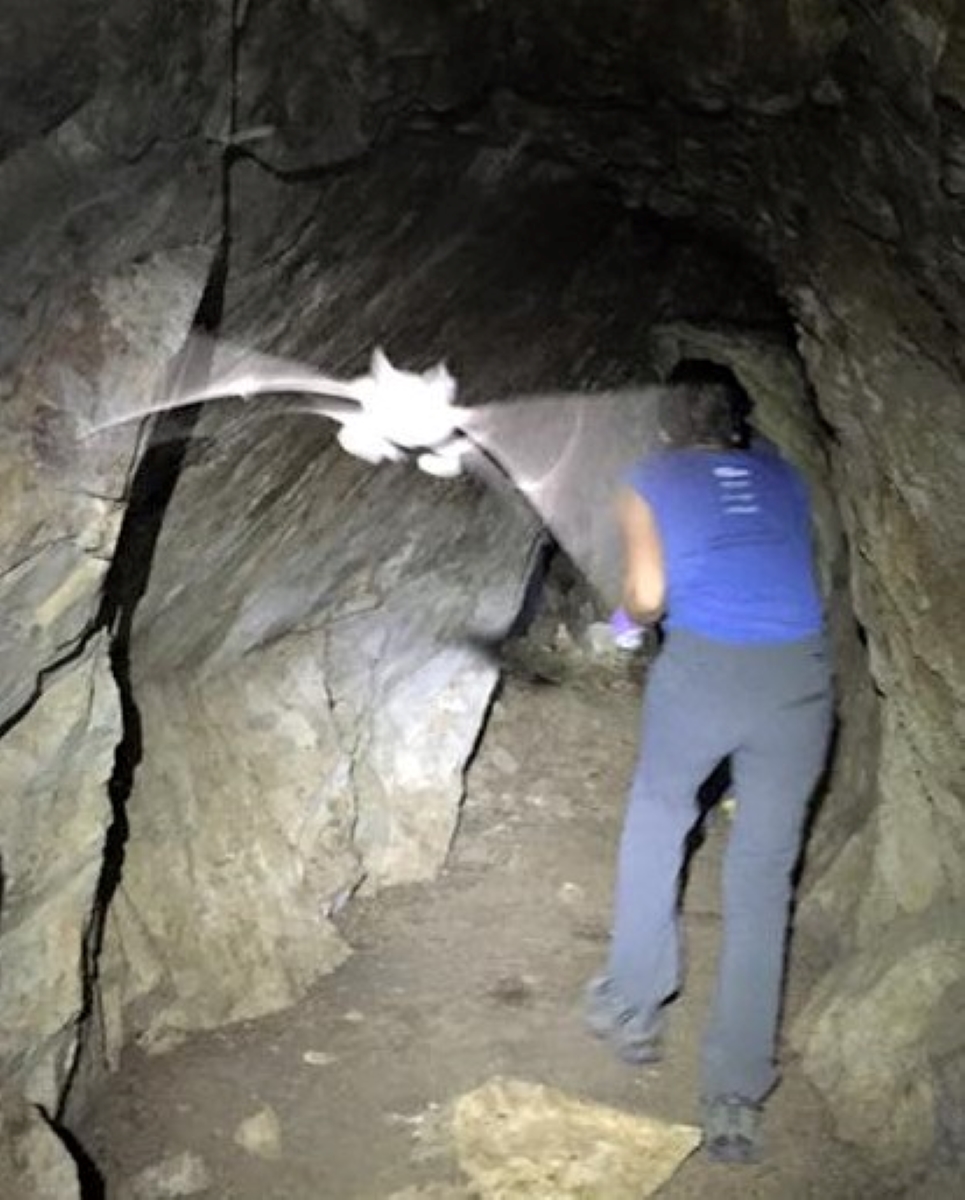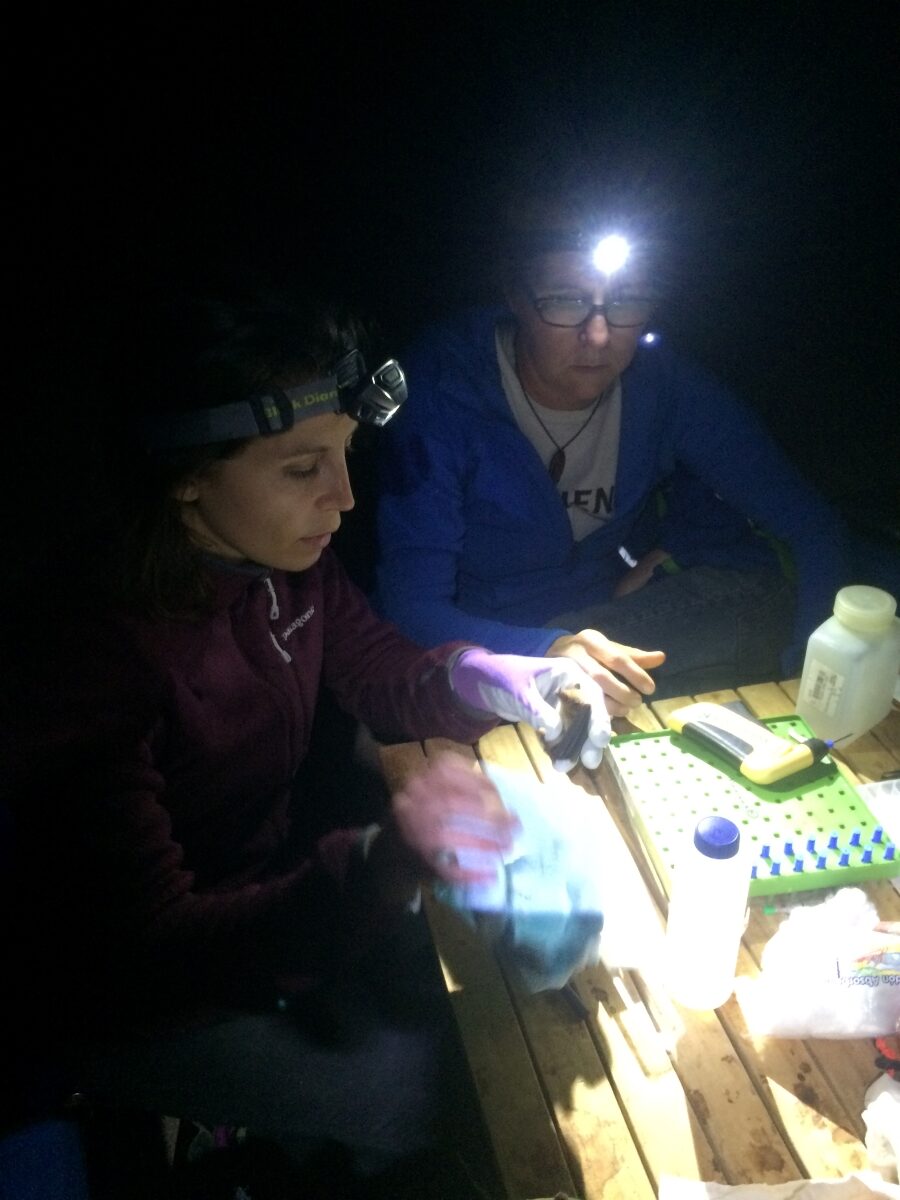Research
A cryptic role for reciprocal helping in a cooperatively breeding bird
Publication: Earl AD, Carter GG, Berlinger AG, Korir E, Shah SS, Watetu WN, Rubenstein DR. A cryptic role for reciprocal helping in a cooperatively breeding bird. Nature (in press).
Data & code: available on github.
ABSTRACT: Identifying the mechanisms that underlie cooperation is a fundamental question in biology, yet it is one that remains surprisingly unresolved in the majority of social vertebrates. The most complex form of cooperation in vertebrates—including in humans—occurs in cooperative breeders, where helpers forego reproduction and assist in raising the young of others, typically relatives. Not all cooperative societies, however, are kin-based—nearly half of all avian and mammalian cooperative breeders form mixed-kin societies, much like those of humans. Kin selection in mixed-kin societies occurs when individuals gain indirect fitness from nepotism (the preferential helping of relatives), but helpers also frequently assist nonkin, highlighting a potential role for direct fitness in stabilizing cooperative societies. Using a 20-year study of superb starlings (Lamprotornis superbus), we examined how direct and indirect fitness jointly influence helping behavior. Although we detected nepotism, nonkin helping was common despite opportunities to aid kin. Surprisingly, specific pairs maintained long-term reciprocal helping relationships by swapping social roles across their lifetimes—a subtle pattern of reciprocity requiring decades of observation to detect. The importance of direct and indirect fitness varied with helpers’ sex and dispersal history. Given the frequency of nonkin helping and the occurrence of reciprocal helping among both kin and nonkin, helping behavior in superb starlings appears to be more influenced by direct fitness than by kin selection. By uncovering a cryptic yet crucial role of long-term reciprocal helping, we suggest that reciprocity is an underappreciated mechanism promoting the stability of cooperatively breeding societies.
Female competition in a lekking species
FEMALE ORNAMENTATION: Males often exhibit elaborate ornamentation that contributes to their fitness. Similarly, females can also exhibit elaborate ornamentation, but we have a relatively limited understanding of its function. Recent studies have demonstrated that female ornamentation can function in both intrasexual competition and male mate choice, but few studies have been conducted on lekking species. We therefore investigated the possibility that female ornamentation provides information about the dominance status of the bearer, which could mediate intrasexual competition. We examined this possibility using Indian peafowl (Pavo cristatus), a sexually dimorphic lekking species in which females exhibit elaborate ornamentation in the form of iridescent green neck plumage. We tested whether female ornamentation predicts dominance status using an information theoretic model averaging approach. We found that females with brighter ornamentation are more socially dominant than females with darker ornamentation. These results suggest that female ornamentation in this species provides social information about the dominance status of the bearer. This study provides insight into the evolution of conspicuous female traits by suggesting a potential role for female ornamentation in intrasexual competition in a lekking species.
HORMONES AND COMPETITION FOR MATES: Female competitive behaviors during courtship can have substantial fitness consequences yet we know little about the physiological and social mechanisms underlying these behaviors – particularly for females of polygynous lek mating species. We explored the hormonal and social drivers of female intersexual and intrasexual behavior during courtship by males in a captive population of Indian peafowl. We investigated whether (1) female non-stress induced circulating estradiol (E2) and corticosterone (CORT) levels or (2) female dominance status in a dyad predict female solicitation behavior. We also tested whether female circulating E2 and CORT predict dominant females’ aggressive behaviors toward subordinate females in the courtship context. Our findings demonstrate that females with higher levels of circulating E2 as well as higher levels of circulating CORT solicit more courtships from males. Dominant females also solicit more courtships from males than subordinate females. Female intrasexual aggressive behaviors during courtship, however, were not associated with circulating levels of E2 or CORT. Overall, we conclude that circulating steroid hormones in conjunction with social dominance might play a role in mediating female behaviors associated with competition for mates. Experimental manipulation and measures of hormonal flexibility throughout the breeding season in relation to competitive and sexual behaviors will be necessary to further examine the link between hormonal mechanisms and female behavior in polygynous lekking systems.
This work is published in Integrative and Comparative Biology.
Reef sound and reef fish settlement behavior
Collaborators: Justin J. Suca, Ashlee Lillis, Ian T. Jones, Maxwell B. Kaplan, Andrew R. Solow, Sennai Habtes, Amy Apprill, Joel K. Llopiz, T. Aran Mooney
ABSTRACT: Understanding the cues that drive larval fish settlement is critical for managing reef systems under stress. Reef sound is increasingly reported to influence fish recruitment, yet the physical and acoustic environment in which larval fish settle varies in space and time. Accordingly, testing potential settlement cues under different conditions is vital for understanding their ecological importance. We conducted 2 sets of field playback experiments in St. John, US Virgin Islands, one nearshore (10 m depth) and the second ‘offshore’ (25 m depth), to assess the effects of reef soundscape playback on settlement rates of multiple reef fish families. In each experiment, nightly currents were quantified and we replicated the diel soundscape cycle using high, low, and control (silent) amplitude recordings from nearby reefs. The first experiment revealed significant current-based, down-stream reduction in larval fish catches in subsurface light traps and a significant effect of increasing amplitude of reef playbacks on larval lizardfish (Synodontidae) catches. In the second, offshore experiment which had no current effect, increasing reef playback amplitude led to a significantly greater catch of parrotfish (Scaridae) larvae and decreased larval pelagic fish catch. Total reef fish larvae only showed attraction to reef playbacks at the most nearshore site. This work demonstrates that while sound can play a role in the settlement of certain reef fishes, responses are influenced by multiple factors, including larger-scale physical processes, underscoring the need to consider the scale of soundscape cues for reef fish settlement within an oceanographic context.
Movement ecology of bats and conservation
Collaborators: Winifred F Frick, Paul A Heady, III, Maria Clara Arteaga, Patricia Cortés-Calva, Rodrigo A Medellín
Migratory species that cross geopolitical boundaries pose challenges for conservation planning because threats may vary across a species’ range and multi-country collaboration is required to implement conservation action plans. The lesser long-nosed bat (Leptonycteris yerbabuenae) is a migratory pollinator bat that was removed from the Endangered Species List in the United States in 2018 and from threatened status in Mexico in 2013. The seasonal ecology and conservation status of the species is well understood in the core part of its range on mainland Mexico and in the southwestern United States, but relatively little is known about the species on the Baja California peninsula in northwestern Mexico, a part of its range separated by the Gulf of California. We studied the seasonal ecology of lesser long-nosed bats on the Baja peninsula at 8 focal roosts along a 450-km north-to-south transect to test hypotheses about migratory or residential status of the species on the Baja peninsula. Migratory pollinators are particularly vulnerable to climate and land-use changes and we recommend continued monitoring and research to guide effective range-wide conservation of the species.














